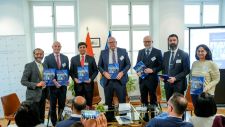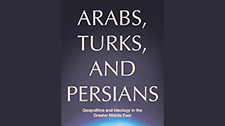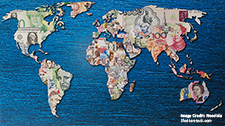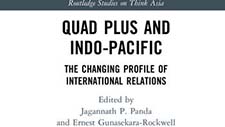-

Relational Dynamics and Italy’s Strategic Integration into the Indo-Pacific
The Indo-Pacific region is currently the primary arena in which global geopolitics is being played out. Italy has taken a more flexible approach, cultivating links and engaging in strategic activities without having an official strategy in place, despite the fact that several other governments have formed formal plans for the Indo-Pacific region. Initially, Italy’s involvement in the Belt and Road Initiative was focused on establishing business linkages, particularly with China. In recent times, however, Rome has been increasing its involvement in multilateral cooperation, maritime security, and regional stability. This issue brief by Riccardo Villa and Irene Spennacchio argues, through the application of a relational theory of international relations, that Italy’s approach to the Indo-Pacific region is defined not by strict state-centric policies but rather by dynamic networks. Through participation in the Pacific Islands Forum and the formation of strategic partnerships with Vietnam and South Korea, Italy has successfully woven itself into a network of regional ties, write Villa and Spennacchio.
-
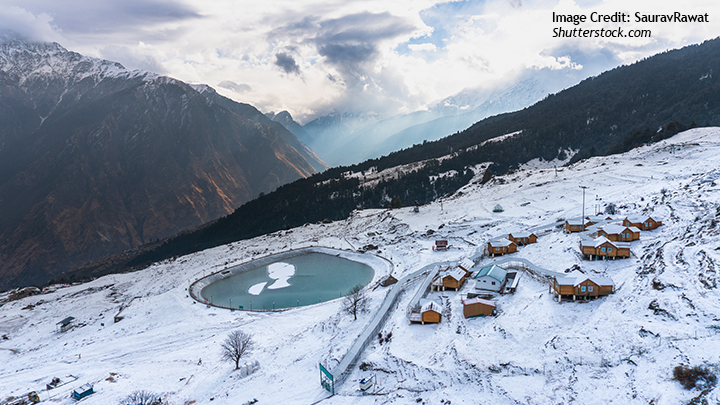
China’s Rapacity for Mining in Tibet: An Indian Perspective
Sriparna Pathak writes on how China’s rapacity for mining in Tibet has unfortunately become a permanent feature of its occupation. She argues that there are several reports on the environmental degradation caused by China’s activities in Tibet. What, however, is not explored is how and why China mines what it mines the most in Tibet. In order to understand the all-pervasive and permanent nature of China’s rapacity for mining in Tibet, it is pertinent to analyze the phases in which Chinese mining in Tibet has become as extensive as it is today. It is also pertinent to understand the problems it causes to downstream countries, in order to create more awareness, to push back against China’s unchallenged mining in Tibet. An understanding of what China seeks to mine next in Tibet is also important, writes Pathak. With the discovery of rare earth metals in Tibet in 2023, the challenge is set to skyrocket. In this context, she further writes that what lies in store for India also becomes crucial.
-
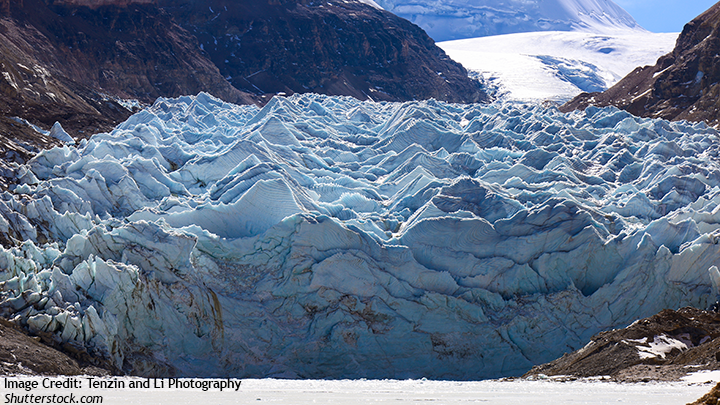
Social and Environmental Impacts of Tibetan Displacement and China’s Minority Policy in Tibet
Anna Hayes writes that the displacement of Tibetans from nomadic pastoral lifestyles is especially problematic as it increases urbanization across Tibet, as well as energy needs and consumption. She argues that many Tibetan nomadic pastoralists have been displaced to make way for “national parks” that are officially designated to be areas for environmental conservation. However, this process appears to be a land grab by Beijing, transferring legal possession of these lands away from Tibetans to the state, argues Anna Hayes. She further writes that the national parks also allow for surveillance of these areas and the removal of Tibetan pastoralists who may still be in the area or those who attempt to return. While Beijing claims they are displacing Tibetans to alleviate their poverty, displacement is increasing the poverty of many Tibetans. Displaced pastoralists forced out of their subsistence pastoral lifestyle to live in urban areas face unemployment or underemployment, urban poverty, and frequently experience poor health and life outcomes, writes Anna Hayes. Read this piece here.
-

Challenges Faced by TSMC and Its Suppliers in Expanding to Europe
The semiconductor shortage caused by the COVID-19 pandemic resulted in the European Chips Act (ECA). The ECA was first proposed in February 2022 to double the European Union’s (EU) global market share in semiconductor manufacturing to 20 percent by 2030. The ECA opens a door for Taiwanese companies to reposition their geopolitical strategy. In August 2024, the first Taiwan-invested semiconductor fabrication plant (fab) broke ground in Dresden, Germany. It will specialize in producing mature chips for automation and electrification in the automotive and industrial sectors. In fact, Taiwan Semiconductor Manufacturing Company (TSMC) and its suppliers’ overseas expansion in Germany and its neighboring countries are affected by ECA-mandated subsidies, Taipei’s foreign policy, and the local business environment. Even though the construction of the Fab in Dresden has started, the road is far from smooth. This issue brief by Yi-Chieh Chen and Chung-min Tsai examines the hurdles in achieving profitability and sustainability by analyzing the political factors driving Taiwan’s semiconductor firms’ international expansion, TSMC’s struggles to navigate the business environment in Germany, and the hesitation of TSMC’s suppliers to expand in the EU. For the Taiwanese firms, there are many challenges, including high production costs, potential labor conflicts, a lack of a local support system, and uncertain future market demand, writes Yi-Chieh Chen and Chung-min Tsai. Download and read this issue brief here.
-

Going for Gold on the Tibetan Frontier
Gabriel Lafitte writes about the Chinese current focus on copper in Tibet. He writes that in 2025, China is hungrier than ever for gold, as an abiding holder of accumulated wealth, in a time when even the biggest Chinese real estate builders, tech entrepreneurs, exam coaching, and other industries can go broke in a blink. The focus is on the copper, and on the hydro dams that power its extraction from remote Tibetan mountain sides, and the copper cables that transmit electricity from Tibetan rivers to far distant Chinese industrial hubs. Yet, in Tibet, these deposits are consistently polymetallic, usually bearing not only copper but also extractable and profitable molybdenum, silver, and gold. The quantum of gold may be small, but not its value, writes Lafitte. Read this issue brief here.
-

Now accepting applications: Nordic-Korea Next Generation Experts Training Program 2025-2026
Do you want to learn more about contemporary politics on the Korean Peninsula? Are you from one of the Nordic countries (Denmark, Norway, Sweden, or Finland) and are you in your early career or pursuing a PhD? To promote greater awareness and more balanced knowledge, the ISDP Stockholm Korea Center and the Korea Foundation are looking for the next batch of participants for its Next Generation Experts Training Program. The Nordic-Korea Next Generation Experts Training Program is completely sponsored (travel expenses and participation honorarium) by the Korea Foundation. With the goal of raising awareness among young Nordic early career and/or PhD students, the program provides an excellent opportunity for young Nordics to gain a broader understanding of contemporary issues on the Korean Peninsula through lectures and guidance from South Korean, European, and American experts. Based on their enhanced awareness of the Korean Peninsula, the participants will select a research topic of interest and produce a policy paper with policy recommendations under the supervision of a mentor who is an expert in the chosen issue. The participants’ papers will at the end be assembled into a booklet and presented at a book launch event in Stockholm.
-
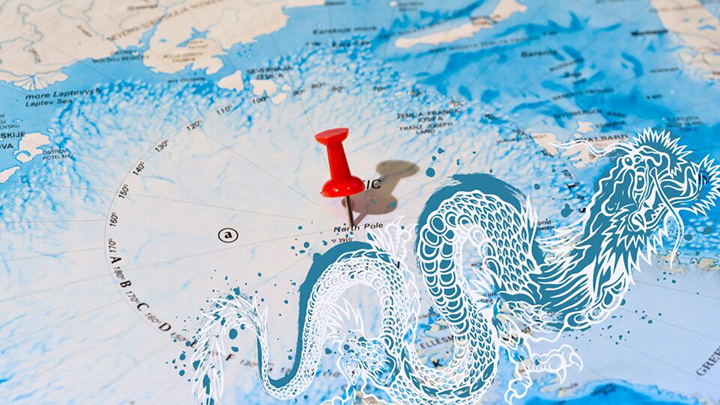
PLA in the Arctic: Under the Ice?
Niklas Swanström writes on how the Arctic presence of the PLA has evolved alongside Russia's power projection and strategic needs, as the PLA enhances its own capabilities in the region. He writes that China is advancing its technologies and combat capabilities for the Arctic’s conditions, ensuring its ability to operate independently and alongside Russian forces. A main concern is the development of its nuclear capabilities and ICBM responses in the Arctic environment. The civil-military connection is evident and should be carefully considered when commercial enterprises are introduced in the Arctic, writes Swanström. He further argues that natural resources play a pivotal role in the growing Chinese presence in the Arctic, while investments in LNG and minerals are closely linked to PLA operations. Technological developments for Arctic conditions are progressing rapidly, influencing not only regional security but also broader geopolitical dynamics, writes Swanström. Read this policy paper here.
Latest Publications
Going for Gold on the Tibetan Frontier
In 2025, China is hungrier than ever for gold, as an abiding holder of accumulated wealth, in a time when even the biggest Chinese real estate builders, tech entrepreneurs, exam […]
PLA in the Arctic: Under the Ice?
The People’s Liberation Army (PLA)’s Arctic ambitions represent a significant expansion of Chinese military capabilities into polar regions, with interconnected aspects worth examining in detail. Turning the PLA into a […]
India-Sweden Ties as a Gateway to India-Nordic Engagement
Executive Summary Sweden and India engage on three interconnected levels: bilaterally, through the Nordic region, and through the EU—all of which require consistent political attention and a structured strategic approach. […]
- Is a Tribunal for Kadyrov More Than Wishful Thinking?
- A Partner, not a Power: The EU’s Evolving Engagement with Central Asia
- Azerbaijan's Inclusion in the Abraham Accords will Transform the Commercial Architecture of Eurasia's Southern Rim
- The “Inkai Incident”: Under the Surface of Kazakhstan’s Uranium Production


